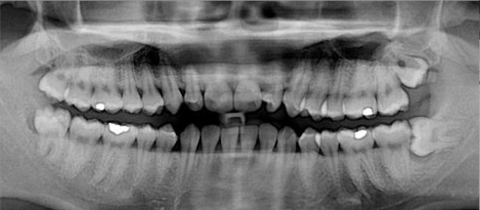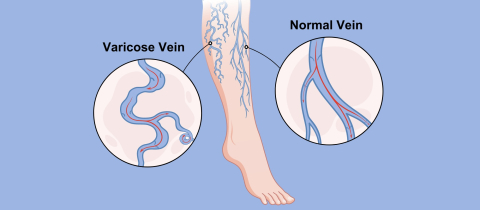The culprit in this heinous crime was methylene chloride, also known as dichloromethane, a liquid that easily evaporates and can be readily inhaled. Even minimal inhalation can cause light-headedness and nausea, but more extensive exposure can cause respiratory depression and possibly fatal cardiac arrhythmia. The unfortunate victim had been refinishing the bathtub, a task that involves stripping off the old coating, a task at which methylene chloride is particularly adept. But it is also adept at stripping years off one’s life if care is not taken to minimize exposure by using a respirator or at the very least ensuring proper ventilation.
To boot, methylene chloride is listed by the International Agency for Research on Cancer (IARC) in its Group 2A, reserved for substances that are “probably carcinogenic to humans.” As far back as 2014, the American Environmental Protection Agency (EPA) reported that workers exposed to methylene chloride have an increased risk of cancer as well as neurological and liver problems. The Obama Administration had planned to curb the use of methylene chloride, but that was put on the back burner during the Trump presidency.
In 2021, a landmark paper in the Journal of the American Medical Association documented 85 methylene chloride related deaths in the U.S. between 1980 and 2018 with the majority being in an occupational setting where the solvent was produced by reacting methane with chlorine or was being used to strip paint or degrease metal. But there have also been deaths among consumers who purchased paint stripper in home improvement stores and did not take proper precautions with its use. In addition, there have been thousands of calls to poison control centers by people who became ill after using methylene chloride paint stripper. Finally, under the Biden Administration, EPA took the bull by the horns and in 2024 banned most uses of methylene chloride. It will not be sold to consumers, it will not be used by bathtub restorers, and most industrial uses will be banned. Hopefully Canada will follow suit.
Methylene chloride has created a bit of a tempest in the coffee pot as well. The decaf coffee pot. Caffeine is far more soluble in this solvent than the compounds responsible for coffee’s flavour so it is ideal for the production of decaffeinated coffee. This raises the question of methylene chloride residue in the final product. Since methylene chloride is very volatile and the decaffeination process involves heating the ground beans, only a trace amount remains. The use of methylene chloride for decaffeination is not subject to the EPA ban because chemicals in food are regulated in the U.S. by the Food and Drug Administration (FDA). This agency has placed a limit of 10 parts per million on the residue, an amount far smaller that has been shown to cause toxicity in animals. Routine testing has shown that residues are always below 10 ppm.
Nevertheless, the California government has introduced a bill to ban methylene chloride in decaffeination, arguing that the FDA is obligated to abide by the Delaney Clause, incorporated into the Federal Food, Drug and Cosmetic Act in 1958 requiring any food additive that has been shown to cause cancer to be banned with zero tolerance. The problem with the Delaney Clause is that in 1958 detection methods were far less sophisticated than today when parts per million, and even parts per trillion, are readily detected, and there is evidence that substances that cause cancer at higher doses have a threshold below which they show no effect.
Although methylene chloride residues in decaf coffee are in all probability inconsequential, there are other decaffeination processes that do not use this solvent. Ethyl acetate is an alternative solvent that does not have the stigma of “carcinogen.” Pressurized carbon dioxide can also be used to dissolve caffeine and the Swiss Water Process uses no solvent other than water. It should also be noted that there is no evidence of any kind of decaffeinated coffee causing any sort of harm and there is evidence for coffee consumed in moderation being beneficial.
Given that there is sufficient evidence to shun methylene chloride as a paint stripper, the question of alternatives arises. N-methyl-2-pyrrolidone works but some studies have indicated a possible risk to reproduction. Benzyl alcohol, methyl acetate, methyl salicylate, dimethyl adipate, 1,3-dioxolane, or some combination of these work, but not as well as methylene chloride. Paint can also be removed without the use of solvents. Blasting with dry ice or sanding works but not on all surfaces.
There is yet one other use of methylene chloride, one with which I had a fleeting experience. Since this solvent dissolves almost all plastics, it can be used to “weld” pieces together. Putting a small amount on a surface will dissolve the top layer, and quickly attaching a second surface will form a strong bond as the solvent evaporates and the plastic solidifies. Works better than glue! I know this because when my prized Pinocchio figurine broke a leg I was able to repair it very nicely with methylene chloride. I only needed a couple of drops but nevertheless Pinocchio and I went outside.







